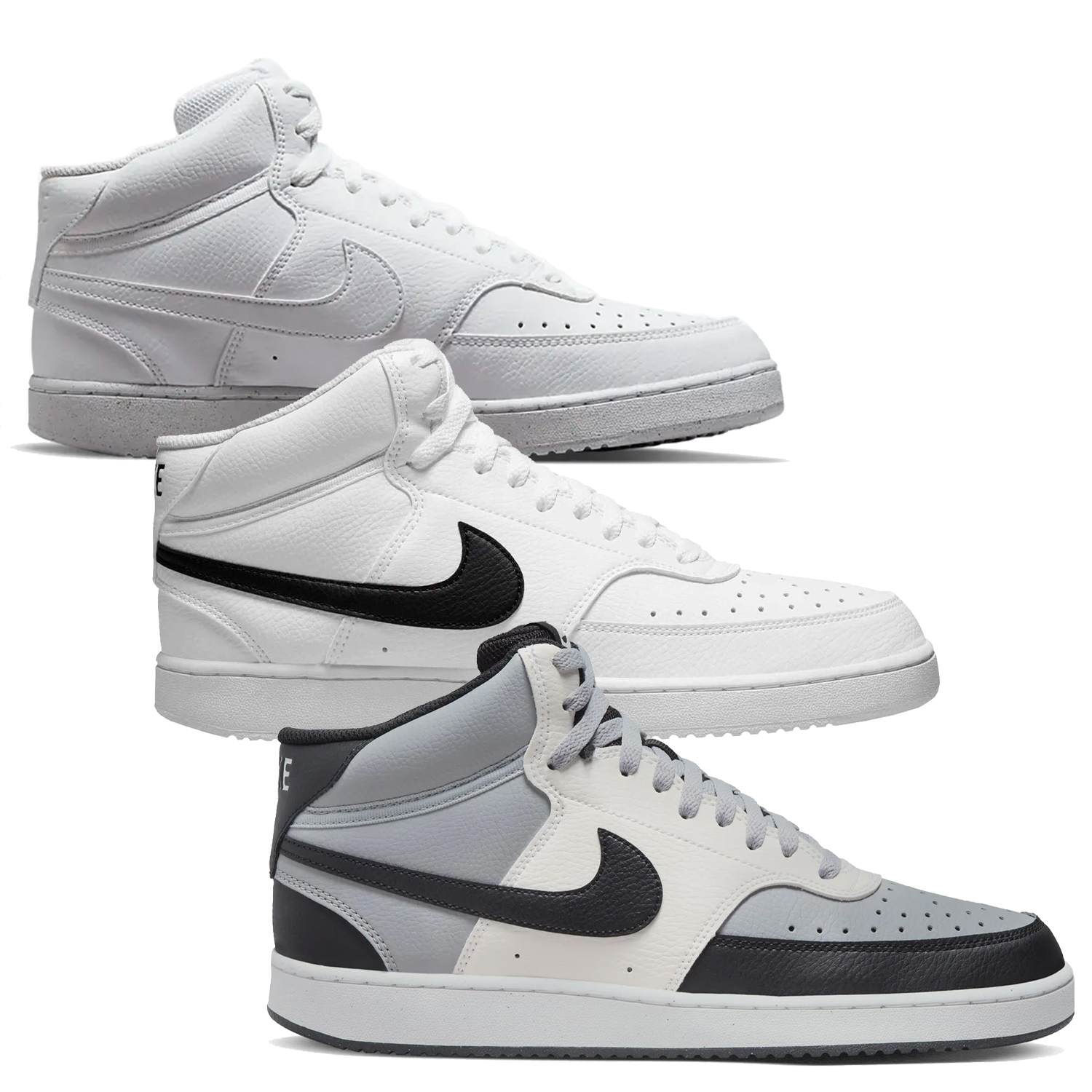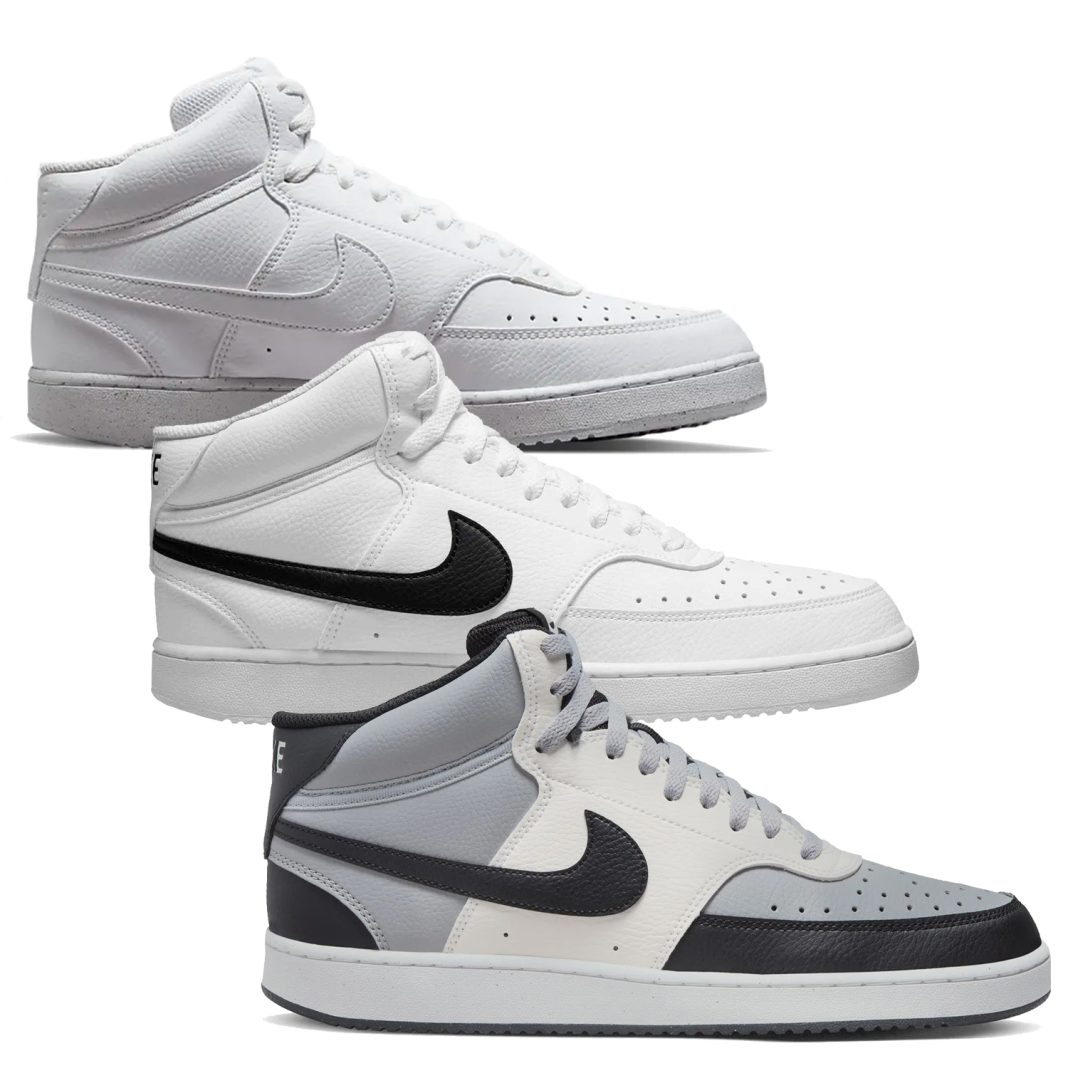 Nike, the footwear and apparel corporation, recently announced lower projected revenues for the fourth quarter of 2024 and reduced revenue expectations for the upcoming year. This news caused a sharp decline in stock prices. The company reported a 2 percent decline in revenues for the fourth quarter of the previous year, with full-year revenues remaining flat.
Nike, the footwear and apparel corporation, recently announced lower projected revenues for the fourth quarter of 2024 and reduced revenue expectations for the upcoming year. This news caused a sharp decline in stock prices. The company reported a 2 percent decline in revenues for the fourth quarter of the previous year, with full-year revenues remaining flat.
During an earnings call, Nike’s CFO, Matthew Friend, explained that the projected revenue for the first quarter of 2025 is expected to be down by approximately 10 percent. Friend attributed this decrease to several factors, including aggressive actions in managing their classic footwear franchises, challenges with NIKE Digital, muted wholesale order books, a softer outlook in greater China, and quarter-specific timing factors.
Looking ahead to the full fiscal year of 2025, Friend stated that revenues would be “down mid-single digits,” with the first half experiencing a high single-digit decline. Additionally, foreign exchange headwinds are predicted to impact 2025 revenues by one percentage point. Despite these challenges, Friend expressed confidence in Nike’s ability to reposition itself and drive sustainable, profitable long-term growth.
Following this news, Nike’s shares plummeted, trading at $76.88 as of 10:05 a.m. ET on Friday, representing a decrease of over 18 percent from the previous day’s closing price. Year to date, the stock has declined by approximately 27 percent.
One of the contributing factors to Nike’s decline in revenues is the performance of its lifestyle business, which includes sportswear offerings. While the sports performance business showed strong growth, the lifestyle business experienced a decline in the fourth quarter. This decline is significant as the lifestyle business had previously seen double-digit growth over several years.
NIKE Digital, which encompasses the company’s website and apps, also struggled in the fourth quarter, with a 10 percent decline. This decrease was attributed to softer traffic, higher promotions, and lower sales of certain classic footwear franchises.
Furthermore, Nike faced challenges in the Chinese market, with brick-and-mortar store traffic declining by double digits. In the Europe, Middle East, and Africa markets, trends were described as uneven.
Nike’s CEO, John Donahoe, acknowledged these near-term challenges but emphasized the company’s commitment to serving athletes through performance innovation, adapting to consumer preferences, and growing their marketplace.
In addition to addressing revenue concerns, Nike has been focused on cost-cutting measures and improving its supply chain. In December 2023, Nike announced plans to achieve $2 billion in cost savings over a three-year period through measures such as supply chain improvements, automation, management layer reduction, and enhanced procurement capabilities. The majority of these savings would be reinvested to drive consumer impact and support growth opportunities.
However, Nike’s supply chain has faced scrutiny due to allegations of forced labor practices in China. The Canadian Ombudsperson for Responsible Enterprise launched an investigation into Nike Canada Corp. following claims that the company had supply relationships with Chinese firms involved in forced labor of the Uyghur community. Nike has denied these allegations and stated that they do not source products from the Xinjiang region.
It’s worth noting that the United States implemented the Uyghur Forced Labor Prevention Act, banning the import of Chinese products linked to forced labor of the Uyghur people. This act could have implications for Nike’s operations in China.
Despite these challenges, Nike remains committed to ethical and responsible manufacturing. The company aims to uphold international labor standards and ensure its supply chains adhere to these principles.
In conclusion, Nike’s lower projected revenues and reduced expectations for the upcoming year have led to a decline in stock prices. The company faces various challenges, including underperformance in its lifestyle business, struggles with NIKE Digital, and difficulties in the Chinese market. However, Nike is implementing cost-cutting measures and focusing on improving its supply chain. The company remains committed to ethical practices and long-term growth.


